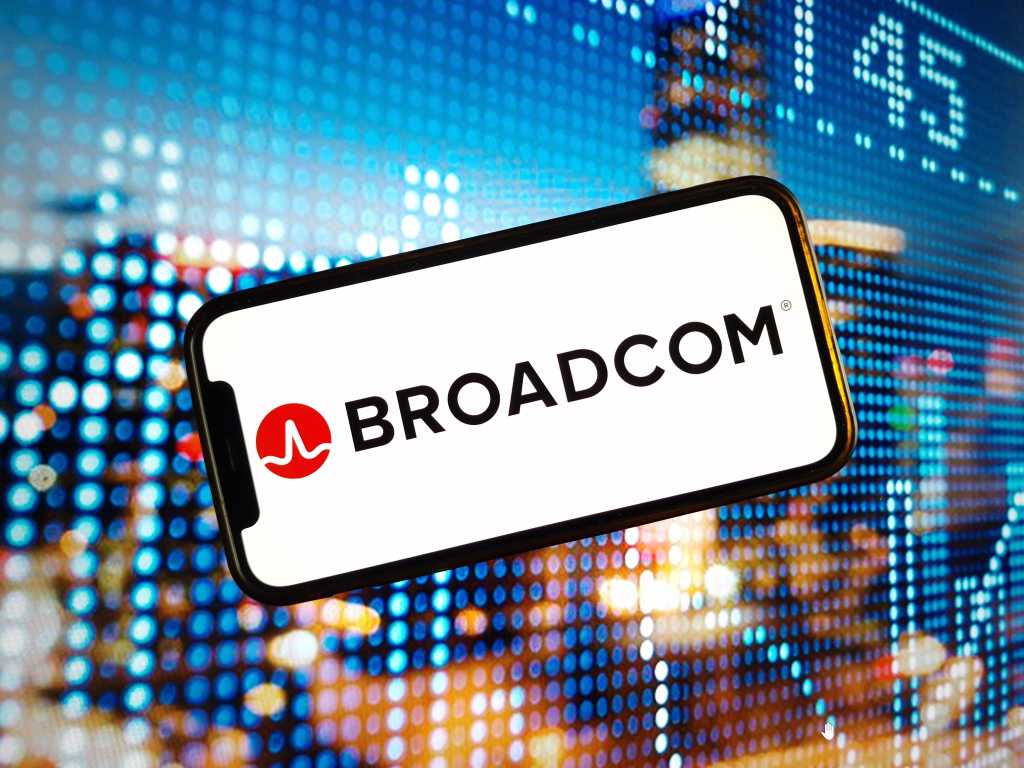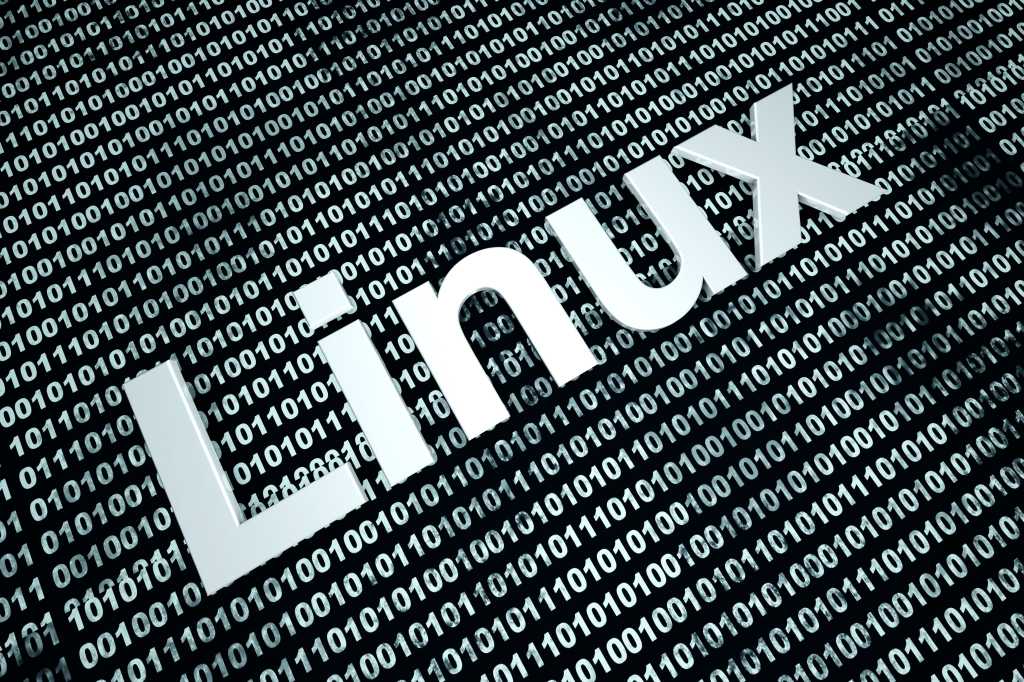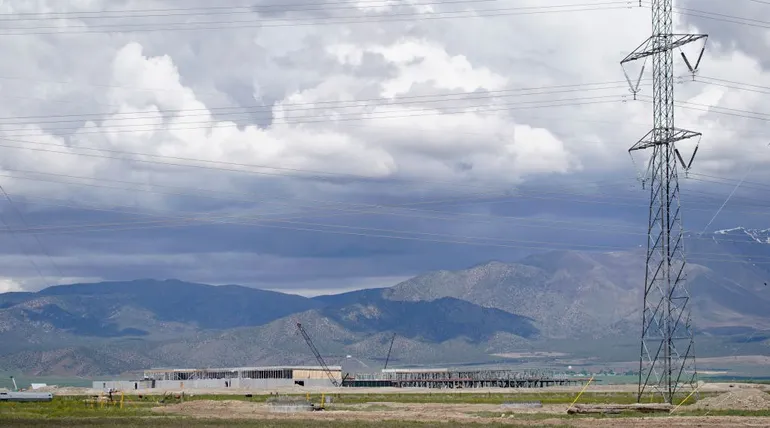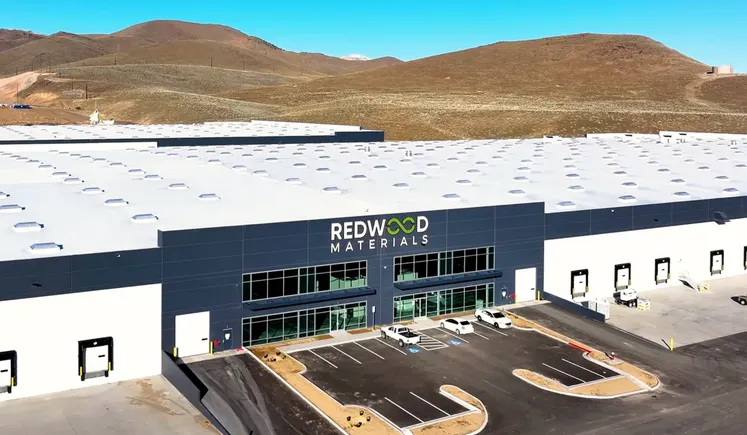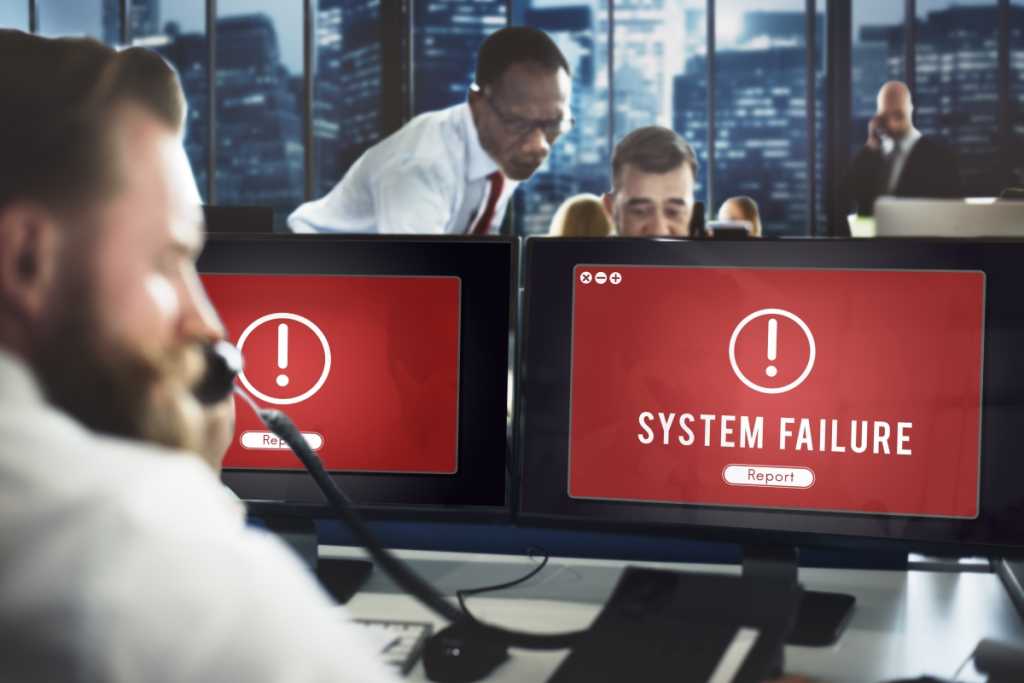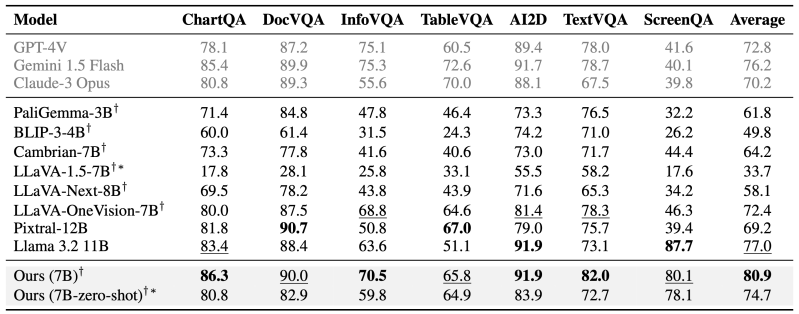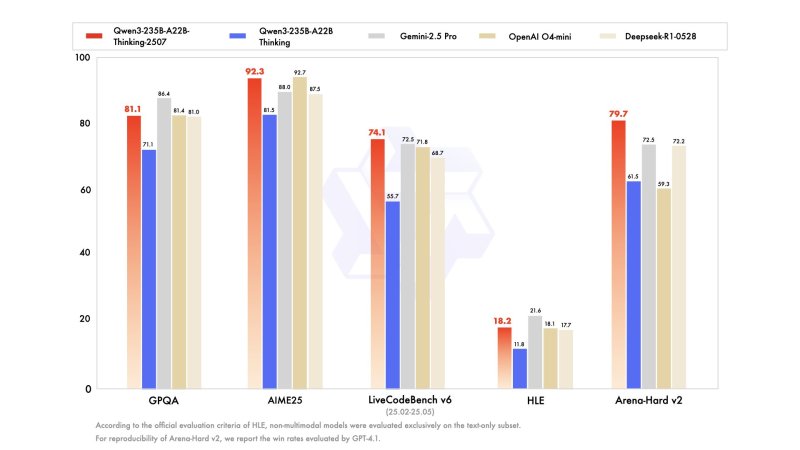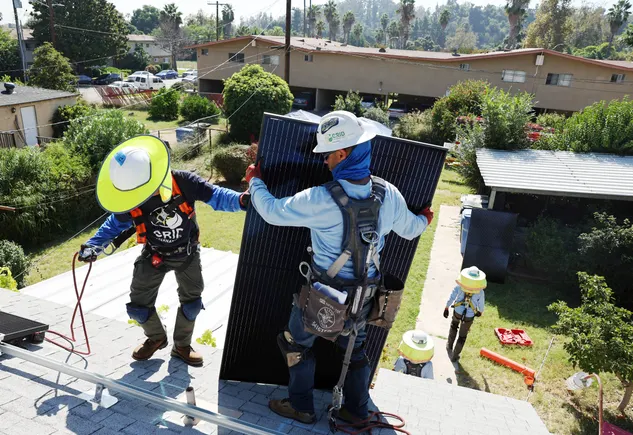
Dive Brief:
- U.S. solar and battery installers are not rushing to stock up on equipment ahead of the expiration of the 25D federal tax credit for customer-owned residential solar systems at the end of the year, Enphase Energy CEO Badri Kothandaraman said Tuesday on the company’s second-quarter earnings call.
- But Kothandaraman said Enphase expects “pull-forward” business to materialize early in the fourth quarter, later than some analysts expected. Julien Dumoulin-Smith, an equity analyst with investment bank Jefferies, said in a Wednesday note that “we were too optimistic in our preview and expected demand pull-in from [the] potential expiry of 25D.”
- After the 25D credit expires, the solar industry “must evolve rapidly” toward leasing arrangements and power purchase agreements while boosting battery attachment rates and driving down installation and customer acquisition costs, Kothandaraman said.
Dive Insight:
In spite of a muted, single-digit increase in equipment demand during the second quarter, Enphase still sees installers who sell solar and battery systems directly to homeowners ramping up buying activity later in the year, Kothandaraman said.
“Our installers are experts and they know what to do,” he said. “They can get a lot of installations done quickly.”
The tax and spending law President Trump signed on July 4 ends the 30% investment tax credit for customer-owned residential solar and battery systems placed in service after Dec. 31.
Third-party financed systems, also known as third-party ownership or TPO systems, are covered by a different investment tax credit that also applies to utility-scale solar, wind and other clean energy systems. TPO installers have until the middle of 2026 to make “safe harbor” equipment purchases, Kothandaraman said.
Solar and storage resellers must quickly adopt third-party financing models to survive a sharp contraction in the residential distributed energy market next year, Kothandaraman said.
Kothandaraman’s “personal view is that we will see a 20% drop” in the residential solar market from 2025 to 2026, he said.
Dumoulin-Smith was even more pessimistic in his note. Jefferies analysts’ conversations with industry players suggest the market could contract as much as 30% next year, he said.
Enphase is enhancing its digital platform for installers, called Solargraf, to expand third-party ownership partner integrations and make it easier for resellers to transition to the TPO model, Kothandaraman said. He added that the transition is especially important to make for “long-tail installers,” the local and regional businesses that sell relatively few systems individually but still represent the majority of all installers in the industry today.
Other Solargraf enhancements include custom rate structures and improved dealership management features, Enphase said in its quarterly business update. Both could help TPO businesses generate leads and close deals, eventually trimming customer acquisition costs by as much as $1/watt, Kothandaraman said.
Enphase is also counting on improved technology and operational efficiencies to blunt the impact of looming federal policy changes.
The company began shipping its fourth-generation Enphase Energy System last quarter. The system packages a battery that Enphase says is 30% more energy-dense and occupies 62% less wall space with a “combiner” that integrates solar panels, electric vehicle chargers and load control into a unified home energy management system. Twenty-nine utilities have approved the system’s “meter collar,” which enables whole-home battery backup without significant electrical upgrades, the company says.
The upshot is that an all-in-one system costs “several thousand dollars” less to install than previous generations and makes it easier for customers to participate in virtual power plant programs, Kothandaraman said.
Fourth-generation systems are “built for more than just backup,” he said.
”They are designed to earn,” he said. “They can seamlessly integrate into VPPs in regulated markets and participate in wholesale markets in deregulated markets.”
Enphase expects to integrate “non-China” cells into battery packs by early next year, avoiding potential punitive tariffs on Chinese-made battery materials, Kothandaraman said. And later next year, the company plans to begin selling a bidirectional EV charging solution that can back up a home without standalone batteries.
“We believe this platform has the potential to redefine energy resilience by turning the EV into a flexible, grid-aware energy asset for the home,” he said.
Investors were not so enthusiastic. Enphase stock fell about 7% after-hours on Tuesday as Kothandaraman spoke, wiping out gains during the regular trading session. It fell another 14% in regular trading Wednesday.



